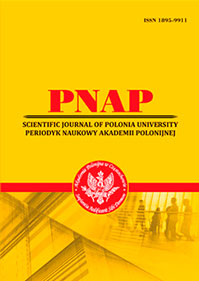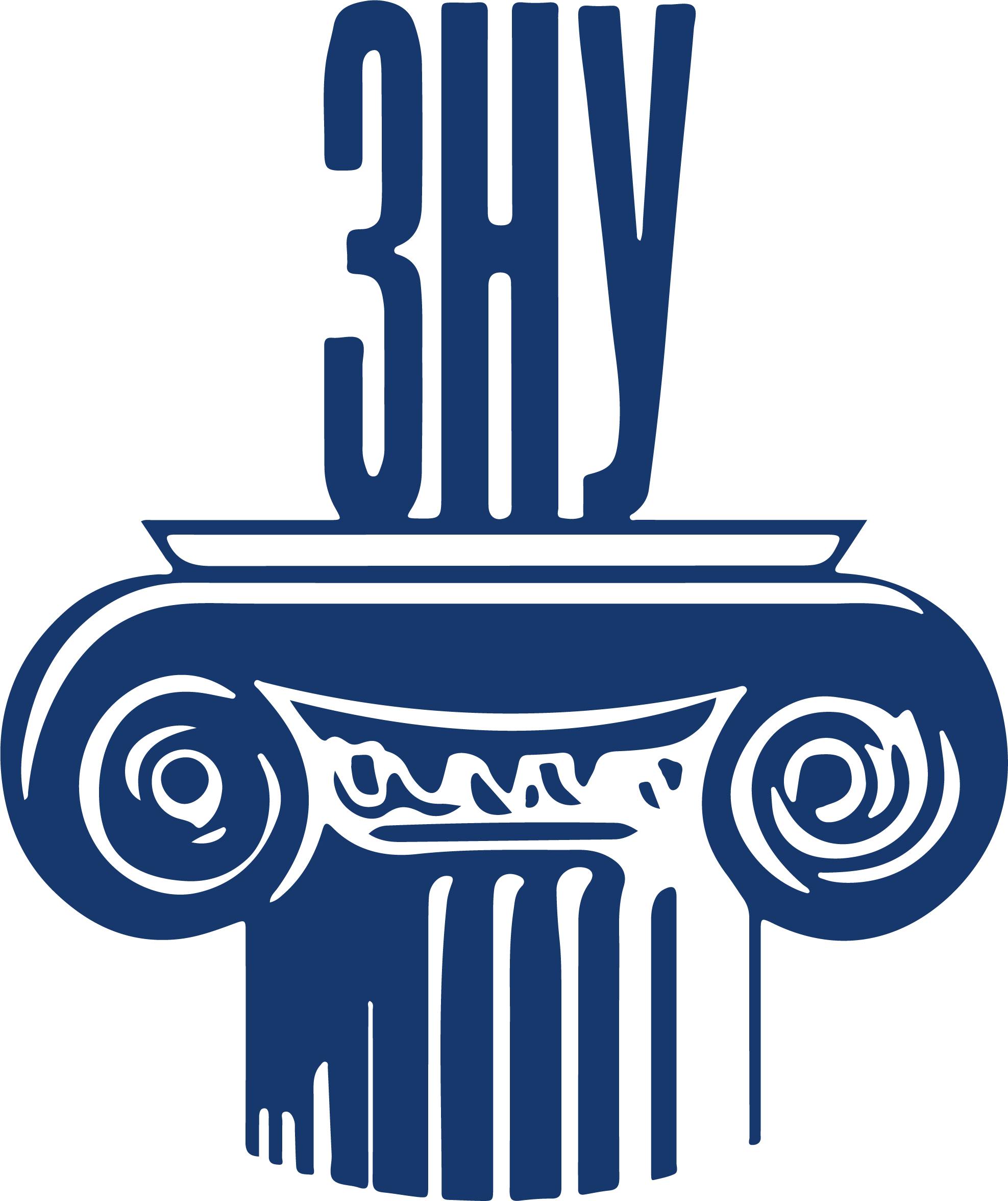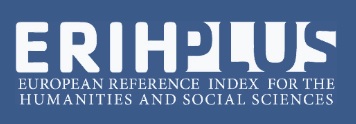PECULIARITIES OF TRANSLATING FRENCH PHRASEOLOGY ABOUT DECEPTION INTO UKRAINIAN
Abstract
The article examines the peculiarities of translating French phraseological units related to deception into Ukrainian. The study focuses on French phraseological units denoting lies and deception and their interrelation with Ukrainian equivalents, as well as their semantics. The study explores the methods used to translate French phraseological units denoting deception into Ukrainian. It is recognised that translating phraseological units is one of the most challenging tasks for translators, as translating fixed expressions from one language to another requires an advanced knowledge of both languages, cultural awareness, and often creativity. There is no universal approach to translating idiomatic expressions; each one presents its own challenges.Analysis of the factual material reveals that Ukrainian has a much larger number of phraseological units related to deception than French. However, only a small proportion of French phraseological units about deception have equivalents or analogues among Ukrainian ones. The phraseological translation method involving equivalents or analogues is applied to phraseological units containing common interlingual elements, particularly those of ancient, biblical, mythological or historical origin. This is because the structure and meaning of such units are usually the same in both languages. There are hardly any Ukrainian equivalents of phraseological units about deception that reflect the French national worldview. Using an analogue for translation preserves the meaning, stylistic colouring and evaluation of the phrase in the target language.A partial analogue is more common. According to the examples reviewed, among non-phraseological translation methods, lexical and descriptive translation are the most common, while calquing and commentary translation are the least common. Inevitably, descriptive translation involves the loss of figurativeness, expressiveness, and the cultural and national peculiarities of phrase components. The importance of studying the relationship between phraseological units in Ukrainian and in other languages in order to compile phraseological translation dictionaries is highlighted.
References
2. Білоноженко В.М., Гнатюк І.С. Функціонування та лексикографічна розробка українських фразеологізмів. Київ : Наукова думка, 1989. 156 с.
3. Великий тлумачний словник сучасної української мови / уклад. і голов. ред. В.Т. Бусел. Київ–Ірпінь : ВТФ «Перун», 2005. 1728 с.
4. Прислів’я та приказки: Про брехню. URL: https://porokhivnytsya.com.ua/2016/11/09/prykazky_brehnia/ (дата звернення: 22.05.2025).
5. Словник фразеологізмів української мови / уклад.: В.М. Білоноженко та ін. Київ : Наукова думка, 2008. 1104 с.
6. Capra A. «Traduttore traditore: de la possibilité de traduire les expressions figées en littérature», Textes et contextes, 5 / 2010, publié le 21 Novembre 2017. Droits d’auteur : Licence CC BY 4.0 (https://creativecommons.org/licenses/by/4.0/). URL: https://preo.ube.fr/textesetcontextes/index.php?id=237 (дата звернення: 30.05.2025).
7. Duyar A. Faire face à la complexité de la traduction d’expressions idiomatiques. Publié le 23 sept. 2024. URL: https://www.motaword.com/fr/blog/navigating-the-complexity-of-translating-idioms (дата звернення: 22.05.2025).
8. Dictionnaire de l’Académie française, 9e édition (actuelle). (D.Ac). URL: https://www.dictionnaire-academie.fr/article/A9F0588 (дата звернення: 22.05.2025)
9. Expressio: Les expressions françaises décortiquées. URL: https://www.expressio.fr/expressions (дата звернення: 22.05.2025)
10. Intern@ute: expressions. URL: https://www.linternaute.fr/expression/langue-francaise (дата звернення: 22.05.2025).
11. Rey A., Chantreau S. Dictionnaire d’expressions et locutions. Le Robert, 1993. 888 p.
12. TLFi : Trésor de la langue Française informatisé. ATILF – CNRS & Université de Lorraine. URL: http://atilf.atilf.fr/ (дата звернення: 22.05.2025).

This work is licensed under a Creative Commons Attribution 4.0 International License.
 ISSN
ISSN 


.png)




